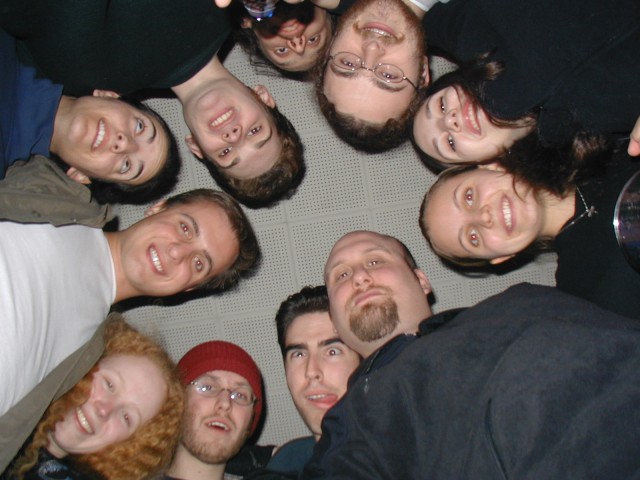There’s a mayoral election pending in Sydney and the talk of the city becoming a startup hub is becoming one of the issues.
Over the next few days I’m hoping to interview each of the four major candidates on their policies regarding how they see Sydney competing against the likes of Singapore and Shanghai, let alone San Francisco or London.
In 2009, I was working with the New South Wales state government on their Digital Sydney project which looked at how the state capital could become a global centre, one of the things we found was that the city had many of the attributes successful creative centres had – diversity, tolerance and access to talent.
That project died in the face of bureaucratic ineptitude but the idea still kicks around with last week’s launch of the NSW Government’s Jobs For The Future report which, despite its opening thirty pages of buzzwords and waffle, contains some serious analysis of the state’s reliance on inward facing service industry jobs.
Refreshingly, the NSW Government strategy looks beyond the current mania around tech startups based on the Silicon Valley venture capital model – something the Federal government’s Innovation Statement failed to do – and discusses how to encourage growth and investment in other emergent sectors both inside and outside the inner city startup communities.
While Sydney can be an attractive place to live for the digital elite, it falls down in a number of areas with property being among the most expensive in the world, telecommunications being costly and unreliable coupled with a complacent corporate sector and a stingy investment community.
Making the city more attractive is going to take a number of initiatives that including easing the cost of doing business, improving links between academia and industry along with tapping into Sydney’s diverse immigrant populations.
Some of these factors are within the City of Sydney’s purview but most of them are state or Federal matters. By definition this limits what local politicians can do.
Which doesn’t mean they shouldn’t try to do them and it’s good to see these topics have become issues in the local elections. For Sydney though, one suspects it’s going to business as usual until The Lucky Country’s luck runs out.




